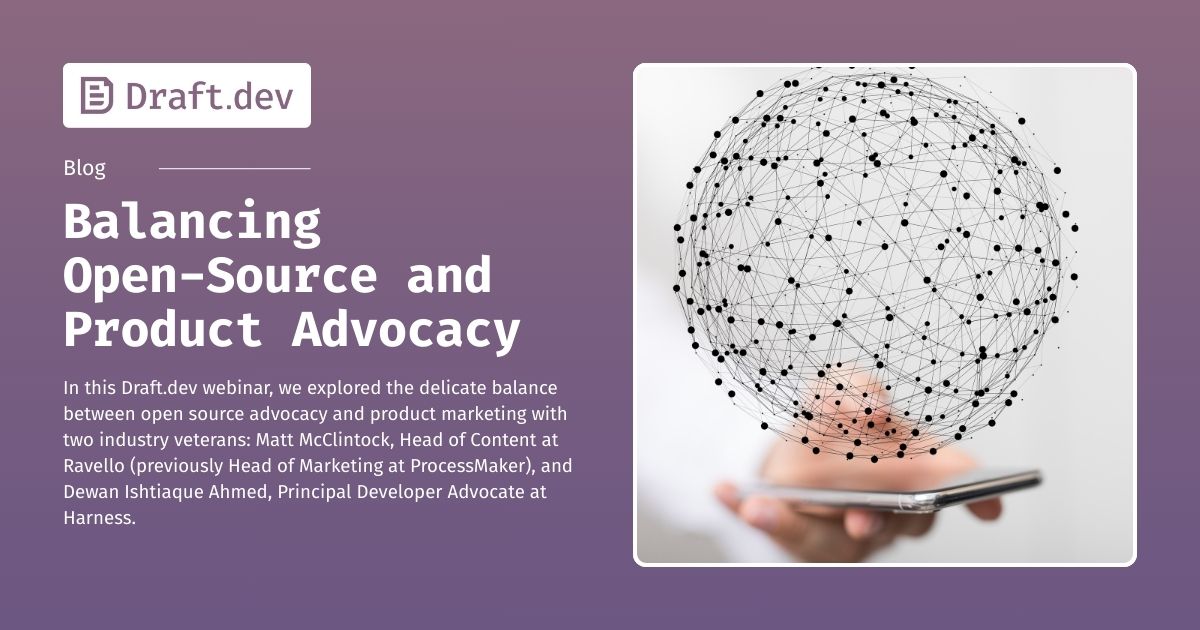Category: Uncategorized
-

How DevRel, Marketing, and Sales Work Together
Creating effective alignment between developer relations, marketing, and sales teams.
-

Balancing Open Source and Product Advocacy: Key Insights from Industry Experts
Learn practical strategies for navigating open source advocacy alongside commercial product marketing from industry veterans in developer relations.
-

Setting Up a Content Marketing Engine in the Age of AI
Learn how to build a content marketing engine that drives revenue for technical audiences in the AI era, with proven systems for CMS, analytics, lead generation, and content planning.
-

How to Assess B2B Demand Generation Services
Evaluating B2B demand generation services? Learn how to assess providers, understand pricing models, and choose the right agency.
-

Essential Elements of Designing an Optimized Developer Journey
A developer journey is a roadmap that tracks how developers interact with your product.
-

Blogging Platforms and Tools
There are dozens of blogging platforms you can choose from. On this page you’ll find reviews, comparisons, and tips for setting up some of the most popular blogging platforms. While some are aimed at technical blogs, most would work for any subject matter. Find even more technical content at Draft.dev and the Draft.dev Blog The…
-

How to Create Diagrams for Technical Blog Posts
Writing technical articles is a complex process consisting of different components. You have to research the topic, create demo applications, troubleshoot any issues, and then write the actual article. For some articles, it’s also helpful to include an architectural diagram, which can help readers better understand system structure, data flow, or interactions between different systems…
-

Best Cybersecurity Blogs
These expert blogs combine decades of experience with timely analysis of current security issues from ransomware to encryption and social engineering.